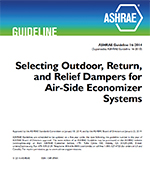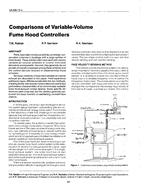Independent System Operators (ISO’s) and Regional Transmission Organizations (RTO’s), among other activities, coordinate the buying, selling and delivery of wholesale electricity within the geographical regions that they operate. The price of wholesale energy varies by time and also by location because of the cost associated with generating and delivering electricity to different locations. Locational Marginal Pricing (LMP) is a way to reflect these locational cost differences. A number of utilities already have load control programs incorporating electric storage-type water heaters. The availability of low cost control devices, increased connectivity and emergence e of energy markets has further opened avenues for peak load shifting with electric resistance water heaters. A storage-type electric resistance water heater can now communicate with a remote server which can decide on when to charge the water heater and at what rate Various control strategies can be implemented keeping mind the customers’ needs as well as the electric grid’s requirement. Storing energy in hot water when LMP’s are low is one way of participating in the electricity markets for electric utilities and aggregators. A grid connected water heater that can be used to store energy in the form of hot water is tested. This paper descries the technology used within the water heater and its control system and documents the results from series of test performed to understand the energy storage and peak load shifting capabilities. The water heater receives LMP’s and day-ahead LMP’s (DA-LMP) from a RTO/ISO and depending on the prices received and the charge level in the water heater, decides when to heat water. A comparison between the operating cost of regular water heater and grid connected water heater is made to quantify the peak load shifting abilities of such a water heater.
Citation: ASHRAE Conference Papers, Dallas, TX.
Product Details
- Published:
- 2013
- File Size:
- 1 file , 910 KB
- Product Code(s):
- D-DA-13-C023


